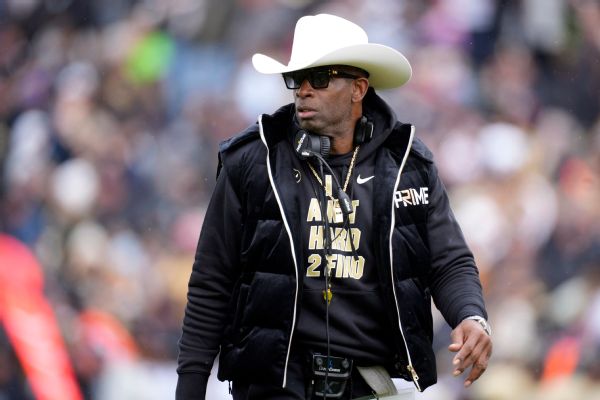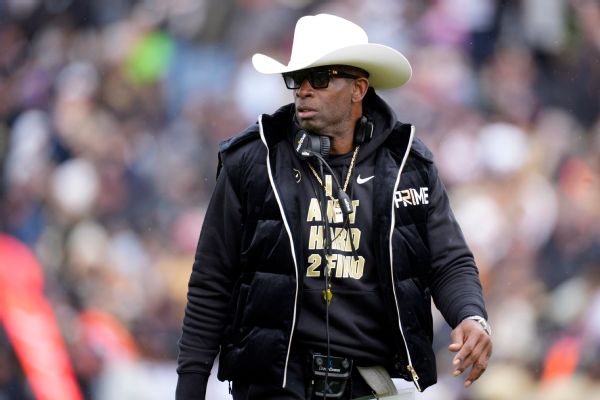
As the transfer portal has continued to grow in popularity throughout college football, the 2023 season showed just how big of an impact transfers have made on the game.
In the 2019 season, just 6.4% of FBS rosters were made up of transfers, according to data from SportSource Analytics. That number grew to 20.5% of rosters in 2023.
The transfer portal window for this offseason opens on Dec. 4, which allows student athletes to enter their name in a database to receive communication from coaches and potentially transfer without penalty.
Graduate transfers are able to enter their name in the portal at any time, and any players who have seen their head coach fired or leave for another job have an immediate 30-day window to put their name in the database, as well. Because we have already seen the coaching carousel start this offseason, there have been a number of players already looking to transfer.
Since Sunday, the end of the regular season, there has been over 170 FBS football players to enter their name in the transfer portal.
There has not been a shortage of interest from teams in those players transferring, either, as we saw Colorado coach Deion Sanders make waves in the portal after he was hired. Colorado brought in the most first-year transfer players of any FBS and had the most games played by transfers at 69.6% (54 transfers).
“You take a team that’s won one game, and you fired a whole coaching staff. So who did the coaching staff recruit? The kids,” Sanders said during a “60 Minutes” interview in September. “So, the kids are just as much to blame as the coaching staff. I came to the conclusion that a multitude of them couldn’t help us get to where we wanted to go.”
Texas State was second with 64% of games played by transfers (45), followed by Charlotte at 55.8% (46), Ole Miss at 54.5% (27) and UMass at 53.3% (27).
Conversely, outside of the military academies, Clemson had the fewest games played by transfers at just 0.3%, followed by Georgia at 5%.
“It’s a developmental game, it’s a developmental program,” Swinney told reporters in July. “That’s how we’ve always won, that’s how we’ll continue to win. From time to time if there’s a certain fit or need that we have to address because of a gap, we’ll do that. We just haven’t been in that situation, thankfully.”
The biggest position group that has been impacted by the transfer portal has been at quarterback with 56 FBS teams having a transfer quarterback account for 75% or more of the team’s passing yards during the 2023 season, according to SportSource Analytics. The top six quarterbacks in passing yards are all transfers, and the top 10 quarterbacks in passing touchdowns are all transfers.
This weekend, the teams in the Pac-12 and Big 12 title games will all feature transfer starting quarterbacks in Washington’s Michael Penix Jr. and Oregon’s Bo Nix, along with Texas’ Quinn Ewers and Oklahoma State’s Alan Bowman.
The ACC title game features Louisville’s Jake Plummer, who followed coach Jeff Brohm from Purdue, and would have had another transfer QB on the other side had Florida State’s Jordan Travis not been injured.
In the 2019 season, just 23.9% of starting quarterbacks were transfers compared to 55.7% in 2023. That has conversely affect the opportunity for freshmen quarterbacks to play. High school prospects were coming in more ready than ever and in 2019 when 10.1% of first-year quarterbacks were starters. That number has dropped to just 2.8 percent in 2023.
As the portal is about to open ahead of the 2024 season, it will be loaded with starting quarterbacks. Kansas State’s Will Howard, Miami’s Tyler Van Dyke, Temple’s E.J. Warner, Will Rogers from Mississippi State, Tyler Shough from Texas Tech, Max Johnson from Texas A&M and a handful of other notable quarterbacks have already announced their decisions to transfer.










